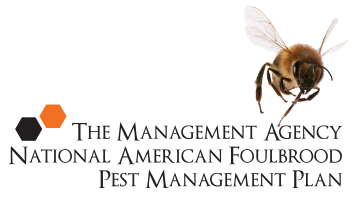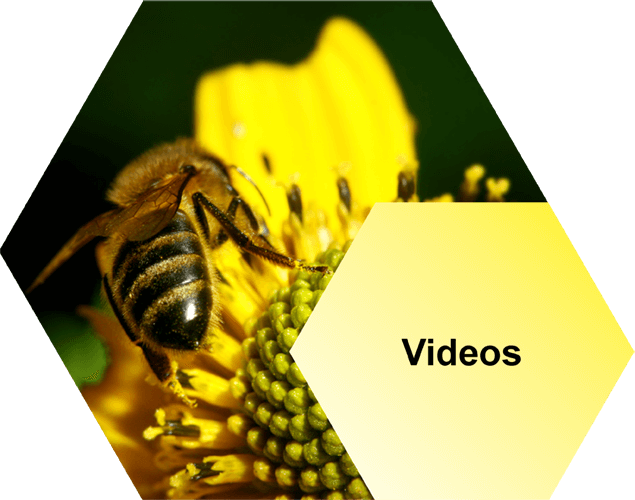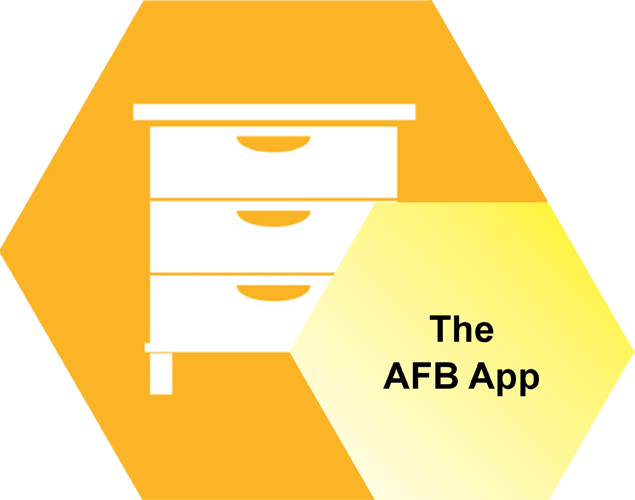Frequency of inspections
The importance of inspecting hives more frequently
Obviously the more frequently beehives are inspected, the greater is the probability that any AFB colonies will be discovered before the disease can be spread to other hives. There are a number of examples of beekeepers in New Zealand successfully dealing with AFB outbreaks simply by increasing the frequency of disease inspections in their hives.
How often to inspect
At a minimum, hives should be inspected at least once in the spring and once in the autumn, but good beekeeping practice also involves further periodic disease inspections throughout the spring build-up period. The first spring inspection should occur once the colony has begun to expand its brood nest. The last autumn inspection can take place even after most of the brood has disappeared from the hive.
Late autumn (April-May) inspections are very quick, but can also be very effective, since a high proportion of the remaining brood that has not emerged is likely to have some abnormality. Data from seven years of targeted inspections by government inspectors in the 1990s in New Zealand shows that the percentage of AFB hives found in the autumn is greater than in the spring.
Infection caught early reduces risk significantly
Failure to give beehives an adequate level of inspection is one of the surest ways to spread AFB within an apiary, and to other apiaries. If an infection is not caught at an early stage, the hive can become weakened in population to the point where it begins to be robbed by foraging bees from other hives. Robbing thus becomes the means of spreading the disease, but only because of inadequate levels of management on the part of the beekeeper.
On the other hand, if the hives are visited on a monthly basis throughout the main production period of the year (August through to April), and the visit includes brood nest inspections, there is very little chance that an AFB infection in a hive can develop to the point where it becomes a source of infective material to bees from other hives.
Every hive should be inspected at least once in the spring and again in the autumn for AFB.
Take the AFB 5 minute quiz
How well do you know what you need to know about AFB and beekeeping? Take our short quiz and find out.
Videos
Our videos cover everything from your legal obligations to how to recognise AFB, collecting cell and bee samples and more.
Symptoms
There’s a lot of good information here, telling you everything you need to know about recognising AFB: the visual symptoms, smell of AFB and more.
Inspection and Diagnosis
Successfully eliminate AFB by telling the difference between symptoms of AFB and other brood diseases in the hive. We tell you the best methods for inspecting your hives.
The Law
New Zealand beekeepers have a number of legal obligations that must be met regarding AFB disease. Read the shortened list in summary, here.
Elimination
Most hives become infected because bees, honey or equipment have been put into a hive from another hive that is infected with AFB. Lower your chances of an AFB infection by reading this section.
AFB Recognition Course Info
Find out when the next AFB Recognition and Competency Courses, or Refresher Courses are available. These are held throughout the year in various New Zealand locations across the South Island and North Island.
The AFB App
Follow the link below to open the App. Once open to save to your device you need to bookmark the URL on your phone so you can find it easily again. Please click here to open.









